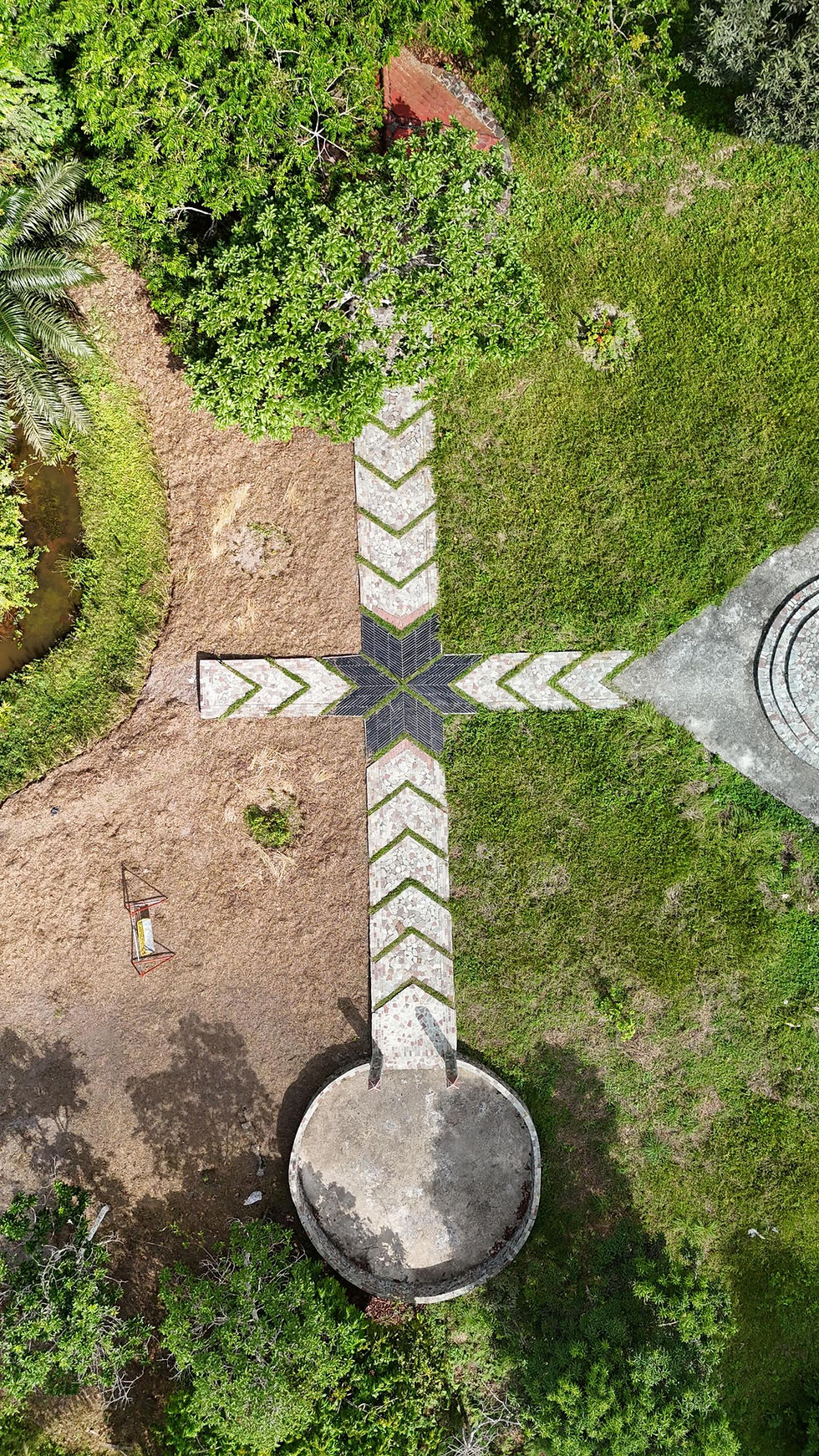How Mango Trees First Reached Loango: A Colonial History Rooted in Legacy
- Matatchebo

- Jul 14
- 1 min read
Updated: Jul 28
Before the mango tree became a symbol of remembrance, it was part of a colonial journey. Transported across seas and continents, its roots are entangled with the very history Matatchébo seeks to heal.

The Arrival
Between the late 1400s and mid-1500s, Portuguese ships began docking along the West and Central African coasts. Historical records suggest they brought mango seedlings or ripe fruits with them, eventually planting the first mango trees in Loango.
A Fruit of the Trade
Diogo Cão’s voyage to Loango Bay in 1483 marked a turning point in European-African contact. Mangoes, while seemingly innocent, were part of the broader web of exploration, trade, and eventually, the transatlantic slave trade.
Why It Matters Today
These trees, once introduced through colonial expansion, now line the same routes that enslaved people were forced to walk. Today, they are being replanted not as tools of trade, but as symbols of memory, healing, and peace.



Comments